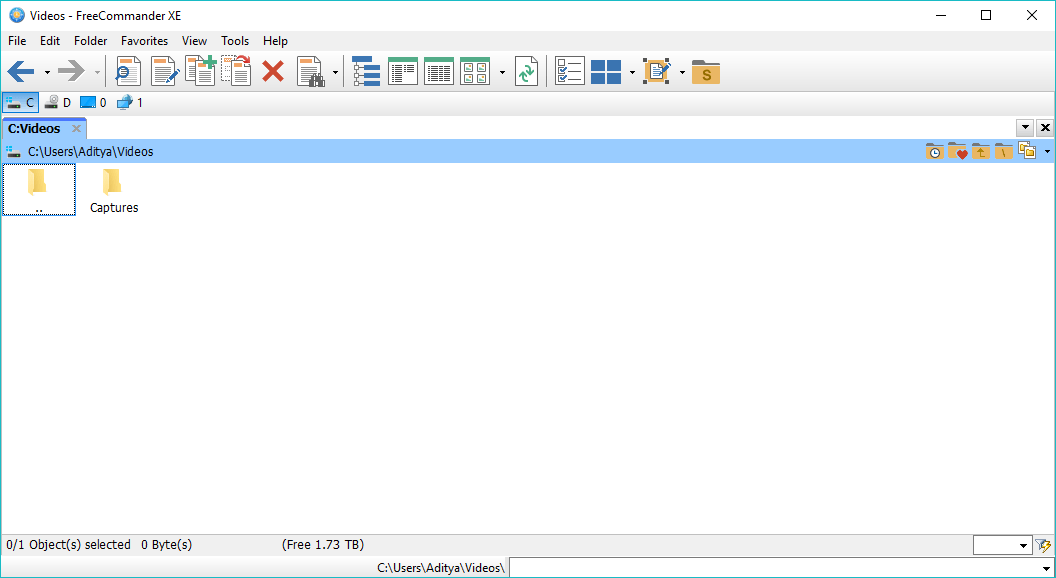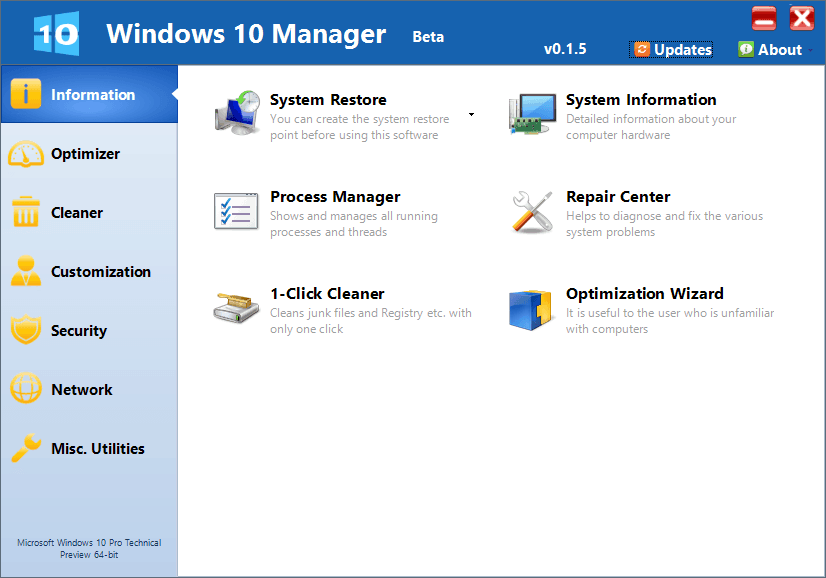

Remove unnecessary backups: Backups can take up a lot of space, it is good to delete unnecessary backups and keep only the most recent ones.

Remove large files: Use a tool to find large files on your computer and delete them.Remove unnecessary files: Use Windows Explorer to navigate to the different folders on your computer and delete any files that you no longer need.Remove duplicate files: Use a duplicate file finder tool to locate and delete duplicate files on your computer.Go to the "Start" menu, type "Disk Cleanup," and select the "Disk Cleanup" program. Remove temporary files: Use the built-in Disk Cleanup tool to remove temporary files, such as internet cache, temporary internet files, and recycle bin files.Select the program you want to remove and click "Uninstall." Follow the prompts to complete the uninstallation process. Uninstall programs: Go to the "Control Panel" and then "Programs and Features" to view a list of all the programs installed on your computer.There are several ways to remove unnecessary programs and files from your computer: Additionally, freeing up space on the hard drive can also help to prevent issues such as disk fragmentation and improve the overall health of your computer. When you free up space on the hard drive, you allow the computer to access files and programs more quickly, which can result in faster boot times, improved application performance, and a more stable system overall. This can lead to poor performance and even system crashes. Additionally, when the hard drive is full, the computer may not have enough space to create virtual memory, which is used by the operating system when the physical memory (RAM) is not enough. When the hard drive is full or almost full, it can cause the system to slow down, as the computer has to work harder to access and save files.

Remove unnecessary programs and filesįreeing up space on the hard drive is an important step in optimizing the performance of Windows 10. In this essay, we will discuss some of the most effective methods for improving the performance of Windows 10. The good news is, there are several ways to speed up Windows 10 and restore its performance to optimal levels. This can result in slower boot times, lags, and unresponsive programs. However, over time, the performance of Windows 10 can start to deteriorate due to various factors such as accumulation of unnecessary files, outdated drivers, and background processes.

Windows 10 is a widely used operating system known for its stability and performance.


 0 kommentar(er)
0 kommentar(er)
